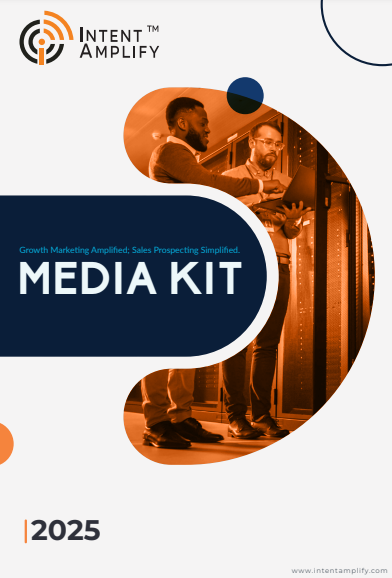
Maximizing ROI in Event Marketing: Smart B2B Strategies
- Last updated on: October 16, 2025
Event marketing remains a cornerstone of B2B growth strategies. Done right, it drives engagement, builds brand authority, and fuels pipeline generation. Yet many organizations struggle to measure impact, justify budgets, or optimize for tangible ROI in a competitive market.
With technology, analytics, and precise targeting, every event dollar can deliver measurable results. This article provides actionable strategies for technology, SaaS, fintech, and cybersecurity companies to maximize event marketing ROI, drive qualified leads, and strengthen their pipeline growth.
Define Clear Event Objectives
Every high-ROI event starts with clarity. Establish measurable goals aligned with business outcomes – lead generation, brand awareness, or customer retention. These objectives guide planning, messaging, and resource allocation.
Avoid vague ambitions like “boost engagement.” Instead, quantify targets: the number of qualified leads, opportunities created, or revenue influenced. Precise goals provide focus and make post-event performance evaluation straightforward.
Align Event Strategy with Sales and Marketing
Integration between sales and marketing is critical. Collaborate early to ensure event content, messaging, and lead follow-up align with revenue targets and account-based marketing priorities.
Shared objectives accelerate pipeline contribution. Marketing nurtures prospects pre- and post-event while sales engages high-value leads. This alignment ensures that event investment translates directly into measurable business outcomes.
Choose the Right Event Format
Select formats that resonate with your audience. Virtual, hybrid, or in-person events each serve different objectives, from lead generation to thought leadership or customer education. In fact, 41% of event professionals say they’ll host more events in 2025, while only 6% expect to host fewer—highlighting a strong shift toward experience-driven engagement.
Analyze past performance and audience preferences. Technology and SaaS companies may benefit from webinars, demos, or roundtables, while fintech and cybersecurity audiences often engage more with executive briefings or small-scale, intimate gatherings.
Target the Right Audience
ROI improves when events reach the right audience. Leverage intent data, firmographics, and past engagement insights to define your target accounts and attendees.
Avoid casting a wide net without focus. A concentrated approach reduces wasted spend and improves conversion rates. Intent-driven targeting ensures your message reaches decision-makers who matter most.
Optimize Event Content
Content is central to engagement. Develop presentations, panels, and sessions that address pressing challenges and offer actionable insights for your audience.
Avoid generic messaging. Tailor content to each segment’s needs and stage in the buying journey. Personalized content enhances attendee experience, increases session attendance, and improves lead conversion.
Leverage Technology and Analytics
Use marketing automation, CRM integration, and analytics to track event performance. Real-time dashboards help monitor registration, engagement, and post-event follow-up effectiveness.
Analytics identify what worked and where improvements are needed. Tracking conversions from attendees to opportunities ensures your ROI calculations are accurate and supports data-driven decision-making for future events.
Maximize Lead Nurturing Post-Event
Event ROI depends on how effectively leads are nurtured afterward. Implement structured follow-up sequences using email, calls, and account-based campaigns.
Segment attendees based on engagement level. Hot leads receive immediate attention, while less active prospects enter long-term nurturing programs. Timely follow-up increases conversion rates and strengthens pipeline impact.
Optimize Budget Allocation
Allocate resources based on potential impact. Invest more in high-value events and proven channels while minimizing spend on underperforming activities.
Track cost per lead, cost per opportunity, and revenue influenced. Understanding financial efficiency helps marketers make smarter decisions and continuously improve ROI in future campaigns.
Measure and Demonstrate ROI
Establish KPIs before the event and tie them directly to business metrics. Common KPIs include pipeline contribution, lead quality, attendee engagement, and revenue influenced. Typical conversion rates for email in B2B hover around 2.5%, making lead quality and attribution especially important.
Use these metrics to provide transparent reporting to leadership. Demonstrating quantifiable results builds trust, justifies spend, and positions your marketing function as a strategic revenue driver.
Experiment and Iterate
Continuous improvement is key. Analyze event data, test new formats, and refine messaging to enhance performance. Adopt a culture of experimentation. Small changes like personalized invitations or interactive sessions can significantly impact engagement and lead quality. Iteration ensures events evolve with audience expectations and market trends.
Build Long-Term Relationships
Events are not just transactional. They offer opportunities to nurture long-term relationships, expand networks, and establish your brand as an industry authority.
Follow-up content, executive briefings, and ongoing engagement turn event attendees into loyal advocates. A relationship-focused approach amplifies lifetime value and increases the ROI of every event dollar spent.
Conclusion
Maximizing event marketing ROI requires strategic planning, precise targeting, and rigorous measurement. From defining objectives to post-event nurturing, every step influences pipeline growth and revenue impact.
Technology, SaaS, fintech, and cybersecurity marketers who implement these strategies will see measurable returns, better resource allocation, and stronger, revenue-focused event programs. Events can become a predictable engine of growth when approached methodically.
FAQs
1. What is event marketing ROI, and why is it important?
Event marketing ROI measures the revenue and business value generated from an event relative to its cost. It helps marketers justify budgets and optimize strategies for pipeline growth and lead conversion.
2. How can B2B companies maximize ROI from events?
Clear objectives, targeted audience selection, aligned sales and marketing efforts, personalized content, and robust post-event lead nurturing are key to maximizing ROI.
3. Which event formats deliver the highest ROI?
The best format depends on your audience and goals. Webinars, roundtables, executive briefings, and hybrid events often provide measurable lead generation and engagement results for B2B companies.
4. How do you measure ROI for B2B events?
Track KPIs such as qualified leads, pipeline contribution, attendee engagement, cost per lead, and revenue influenced. Accurate measurement informs future budgeting and strategy improvements.
5. How can technology improve event ROI?
Marketing automation, CRM integration, analytics dashboards, and intent data help track attendee behavior, personalize engagement, and ensure follow-up drives revenue impact.




